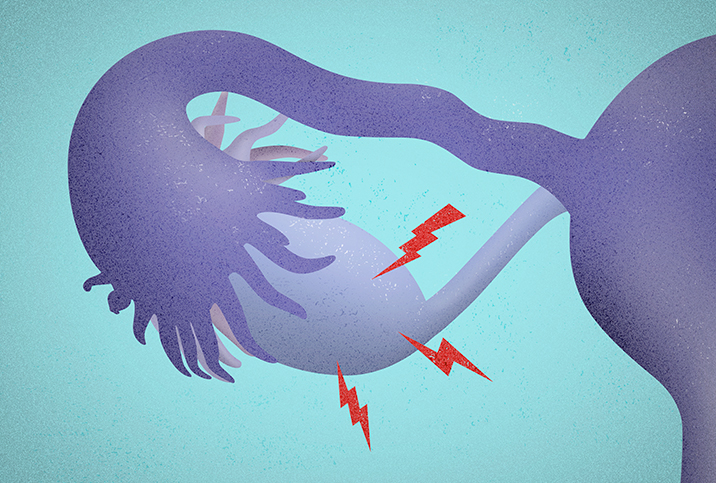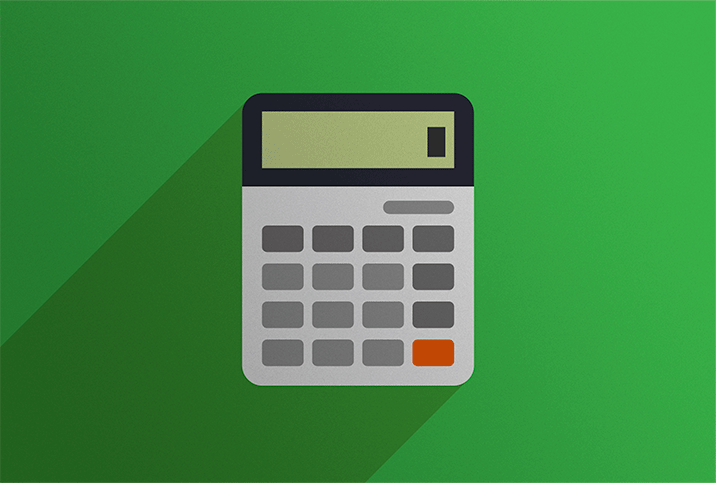Controlled Ovarian Hyperstimulation Can Help Some Women Get Pregnant

Infertility rates in the United States are on the rise, according to the Centers for Disease Control and Prevention (CDC). Around 6 percent of married women between the ages of 15 and 44 are unable to get pregnant within one year of trying. Some of these women suffer from anovulation, meaning their ovaries fail to release an egg at a specific time of the month.
Controlled ovarian hyperstimulation (COH) is specifically used to treat unexplained infertility in women. With this treatment, medications induce the maturation of follicles and stimulate the production of eggs. Used alongside other fertility treatments, COH may work for some women within an optimal age range.
What exactly is controlled ovarian hyperstimulation?
Considered part of the in vitro fertilization (IVF) process, COH is used to stimulate a sufficient number of follicles that can be taken out through oocyte retrieval (a procedure known more colloquially as egg collection).
Alan Copperman, M.D., medical director of Reproductive Medicine Associates of New York and medical director of Progyny, explained that COH involves a series of injections using a number of fertility medications to induce ovulation via several ovarian follicles.
"In an effort to increase the number of mature eggs available in a cycle, fertility medications can be administered. Often, these are oral medications, with familiar names like Clomid or Letrozole," Copperman said.
Alternatively, patients may be given time to ovulate, resulting in a condition known as superovulation, or the activation of a greater than normal number of eggs. In which case, if these ovulated follicles are fertilized within the context of normal sexual intercourse, there is an increased possibility of multiple pregnancies.
Women who undergo these treatments may be administered the following medications to hyperstimulate the ovaries:
- Clomiphene citrate (Clomifene) is delivered orally and is commonly used in patients whose menstrual cycles are either irregular or longer than average. It works by increasing the pituitary gland's production of follicle-stimulating hormone (FSH) in order to stimulate the follicles and induce egg growth. Clomifene tablets are initially administered with a 50mg dose between the second and sixth day of a woman's period.
- Gonadotropins are administered intravenously to induce egg release once one is mature. FSH is the key ingredient of these medications and needs to be administered daily. The most common gonadotropins in use are Menopur, Bemfola and Gonal-F.
- Metformin is usually used to control blood sugar among prediabetics and patients with type 2 diabetes. In gynecology, these are prescribed for patients with polycystic ovarian syndrome (PCOS) along with other medications to induce ovulation.
- Aromatase inhibitors (Letrozole) are administered orally and are prescribed for women who cannot be given Clomifene.
The COH cycle
The standard protocol for the COH treatment cycle involves several steps, explained MacKenzie Purdy, M.D., an OB-GYN, reproductive endocrinology and infertility expert at Vios Fertility Institute. These are:
- Oral Clomifene or an injectable FSH is given early in the patient's menstrual cycle, similar to the procedure normally used for induced ovulation.
- Gonadotropins are then given as either subcutaneous or intramuscular injections.
- Beginning day five of the woman's cycle, Clomifene (or an aromatase inhibitor) is taken orally for the next five days.
- Once the follicles have matured, an hCG trigger shot is administered.
- Sex or artificial insemination is then scheduled for around 36 hours after the trigger shot.
- A calendar is then set, and a schedule is given for an injectable FSH cycle.
In general, gynecologists prescribe their patients to take baseline blood tests and ultrasounds between days two and four of their menstrual cycle. Based on the findings, the patient is given a prescription regimen to follow, then ultrasounds and blood tests are done periodically to monitor their progress.
Is COH effective?
The success of COH depends on a variety of factors.
According to Copperman, the treatment can be successful when combined with scheduled sex or intrauterine insemination (COH/IUI). Intrauterine insemination is when sperm is directly placed into the uterus. "When combined with timed intercourse or intrauterine insemination, the success rates for an infertile couple can approach the 10 to 20 percent natural fertility rate found in reproductive-age couples," he said.
Most research concludes that COH/IUI is useful for women only at a certain age. A 2010 study published in Fertility and Sterility found that the treatment is not likely to help women beyond 40 years of age due to diminished ovarian reserve. While it can be successful among women who are 38 to 39 years old during two cycles of the treatment, it has not been shown to benefit women over 40.
"Ideally, COH is considered reasonable for only three cycles among patients under 40. If the patient is unable to ovulate or get pregnant after three cycles, then IVF is mandated," Purdy added.
Likewise, the success rate may be lowered if there are issues with the sperm or if male factor infertility comes into play. A 2017 literature review on the success rates of COH/IUI indicated that the following factors strongly predict clinical success:
- The age of the woman undergoing the procedure.
- The total motile sperm count of the patient's partner or sperm donor.
- The quality of the sperm.
- The type of infertility of both parties.
- The number of times the patient has tried to get pregnant.
Who are ideal candidates for COH?
COH will benefit couples/people experiencing infertility and/or those undergoing IVF treatment.
Ideally, patients who want to get pregnant via COH should be under 40 and in reasonably good health. Women with the following conditions may also consider the procedure:
- Those suffering from an absence of GnRH pulsation resulting in hypothalamic lesions or Kallmann syndrome.
- Those with a pituitary stalk transection.
- Those suffering from amenorrhea caused by eating disorders such as anorexia, drastic weight loss, stress and excessive exercise.
The risks of COH
In the early days of the practice, a major risk of COH was multiple pregnancies due to the development of several follicles at once and the maturing of more than one egg during the process. However, Copperman explained that the treatment protocol has evolved with practice to lower that risk (with the exception of possible pregnancy from regular intercourse).
"Years ago, fertility injections with follicle-stimulating hormone (FSH) were given in combination with insemination, but the risk of multiple gestations and high-risk pregnancies was found to be unacceptably high," Copperman said. "Now, physicians administer FSH prior to an egg retrieval for in vitro fertilization (IVF), so that multiple eggs can be retrieved and fertilized and the healthiest embryo selected for transfer."
However, a very real risk of COH is a condition known as ovarian hyperstimulation syndrome (OHSS), an exaggerated response to fertility medications that causes the ovaries to swell and become painful.
OHSS can result in symptoms such as:
- Rapid weight gain
- Increased abdominal girth
- Gastrointestinal issues
- Shortness of breath
- Decreased urination
- Pleural effusion (a buildup of fluid in the tissues between the lungs and chest)
- Chest pains
Symptoms of OHSS usually occur about a week after using injectable medications, though it can sometimes take longer. If you experience any sudden weight gain or other symptoms after taking fertility medications, alert your doctor immediately.
The medications need to be given under careful watch so that hyperstimulation or enlargement of the ovaries can be monitored for. Under the care of a skilled reproductive endocrinologist, the medications can be given safely and effectively.


















